Get off the Scandi tourist trail in the Faroe Islands
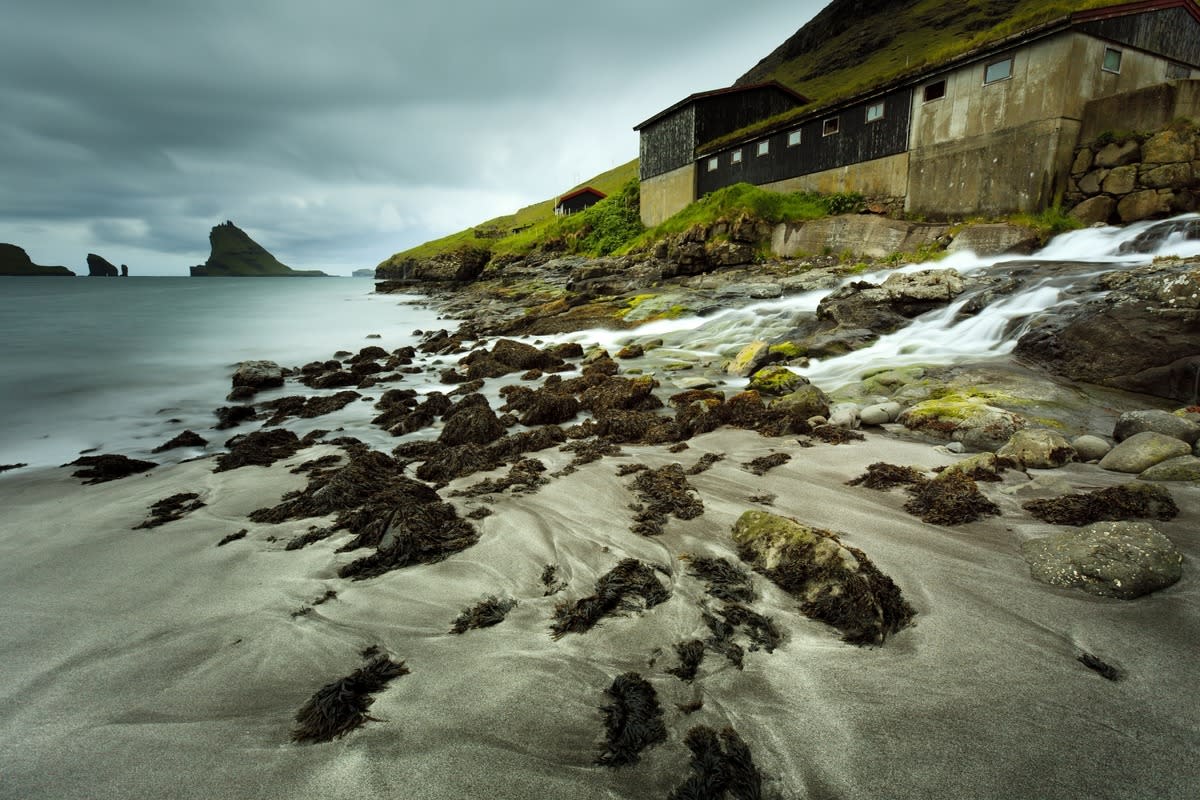
(Photo: Kimberley Coole/Visit Faroe Islands)
If you can place the Faroe Islands ‘somewhere North’ you’re doing better than 90 per cent of people I know.
Most guessed they were ‘somehwere near Egypt’, or perhaps ‘Portugal’ and while I can see what they’ve done there, they could hardly be further from the truth.
Actually, the Faroes are a bundle of charming, windswept islands that sit a few hundred miles above Scotland, between Iceland and Norway. And starting this March, there are direct flights from Edinburgh, so there’s no better time to pull on your walking boots and head Arctic-wards in search of Guillemots.
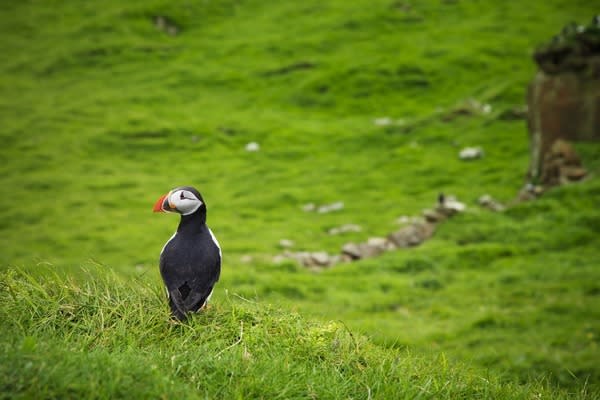
(Photo: Kimberley Coole/Visit Faroe Islands)
The Vibe:
Peace, quiet, nature and a sense of other-wordliness. The islands are home to just 48,000 people so there’s space and calm aplenty, yet still loads to do and the most incredibly beautiful natural views and experiences. It’s properly relaxing - no one’s in a hurry here and tourism is in its infancy so no one wants (or needs) a piece of you.
The Instagram shot:
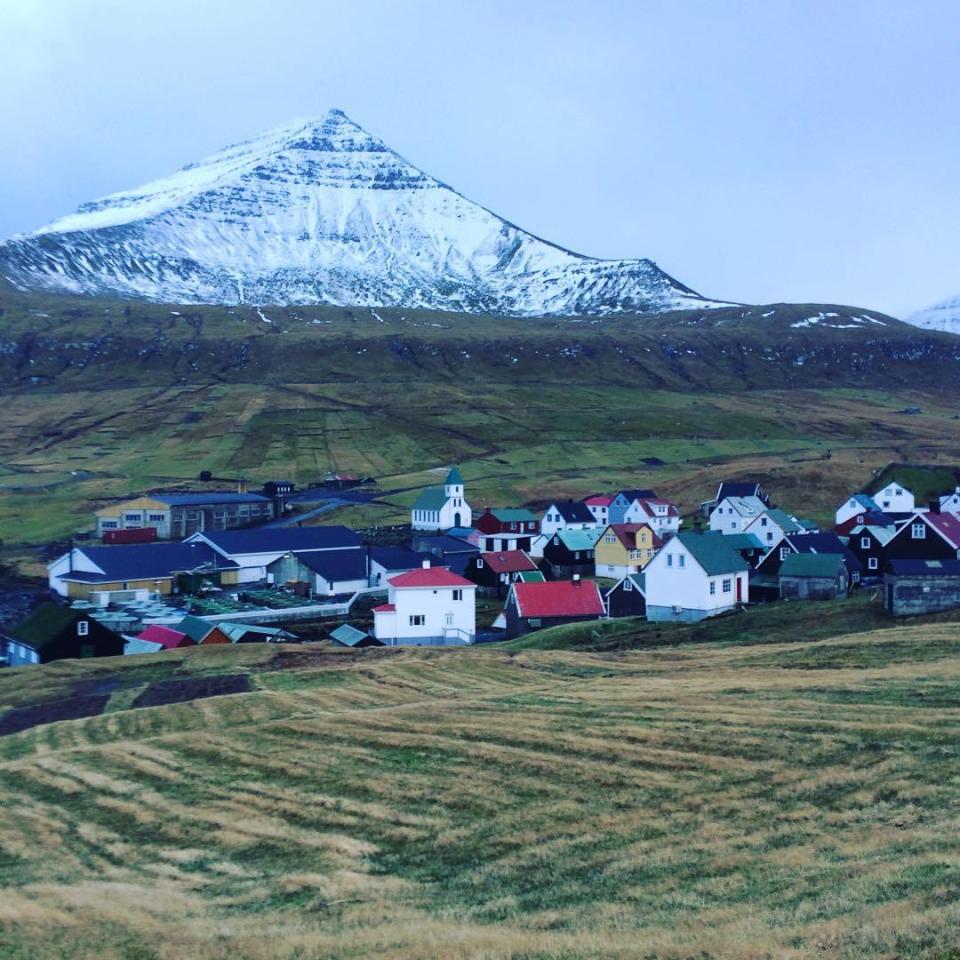
The HITS:
The food
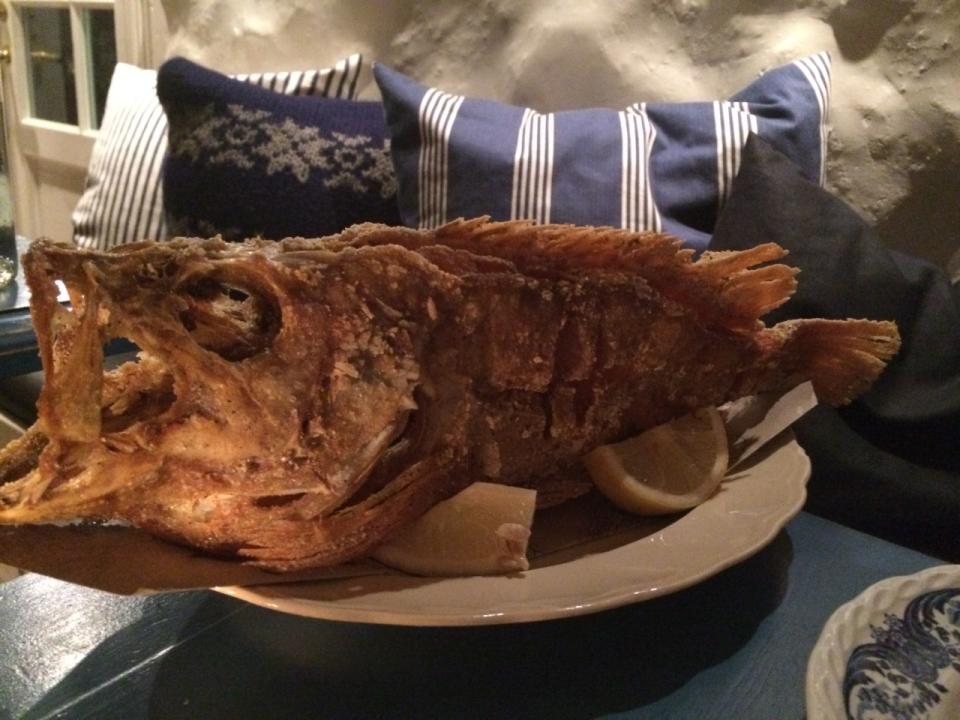
Deep fried (and delicious) Rock Fish at Barbara (Photo: KES)
Eating out in the Faroes is a fairly new thing. Our tour guide explained that until 1992 (!), alcohol was prohibited on the islands, and not sold in restaurants. In fact, no one really went to restaurants.
But things have been changing rapidly, with a modern new fish restaurant, Barbara, opening in the little capital of Torshavn opposite the country’s oldest eaterie, Áarstova, which specialises in lamb.
Fish is a massive part of the culture, not to mention economy, in the Faroes, and is the main constituent of the Faroese diet - it’s eaten so commonly at home, many natives couldn’t see the point of going out to eat it. But eating out as a leisure activity is on the rise.
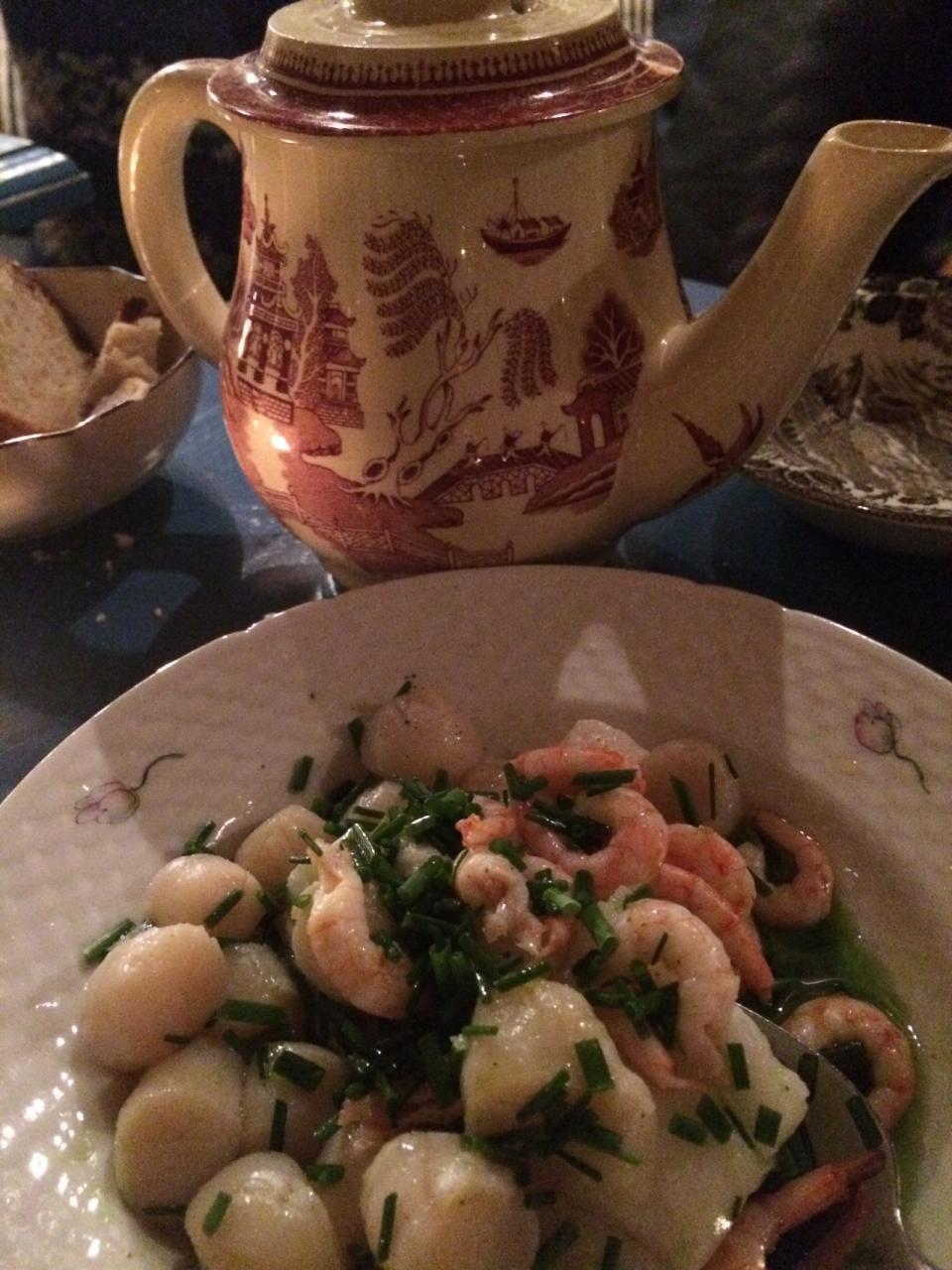
Bouillabaisse poured from a teapot, lovely. (Photo: KES)
And Barbara is unmissable - a cute house cut into the rocks, nautically decorated and serving locally-caught seafood. There’s a fantastic tasting menu which is well worth a try, giving you the beautiful flavours of horse mussels and fresh scallops, deep fried rock fish and Bouillabaisse poured from a teapot in a pleasingly Great British Menu-style.
Áarstova too deserves its reputation as one of the best retaurants on the isle. A cosy wooden eaterie with impeccable service, we tried the tasting menu paired with carefully chosen wine (there’s a whole book you can browse next to the menu that tells you exactly which vineyards each bottle is from) and Scottish ales that work superby with the lamb-heavy menu (though fish and other meats are available!).
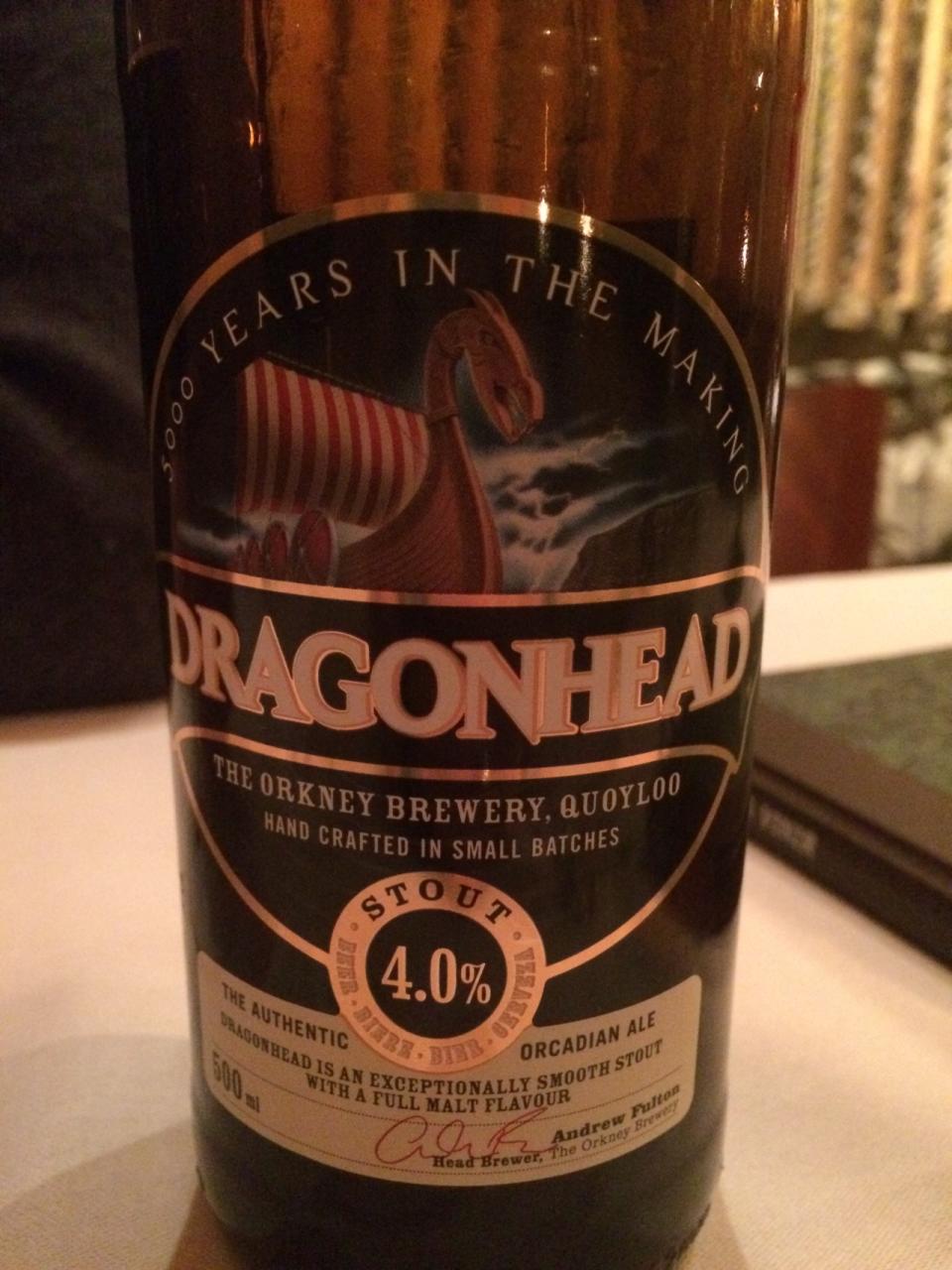
Orkney Beer (Photo: KES)
The lamb tartar is a revelation, and the centrepiece of the meal is two legs of lamb - one Faroese and one Shetland. They’re striking different, but it’s hard to pick a favourite.
For pudding, there’s only chocolate cake with BEER ICE CREAM! And it’s lush.
For drinking, head to Sirkus, on a corner by the harbour. It’s adorably decked out in all sorts of kitch mismatched furniture, pictures, ornaments and other trinkets, and it serves quality cocktails (its Old Fashioned is delish).
On Friday night, a different guest ‘chef’ offers diners his or her signature dish. It’s often just a friend of the owner, or a local with a passion for cooking, which keeps the menu interesting. The night we visited, the cook was British and served up a deliciously hearty plate of good old fashioned bangers and mash. And the following week was set as Curry Night. It was booming when we arrived so well worth booking.
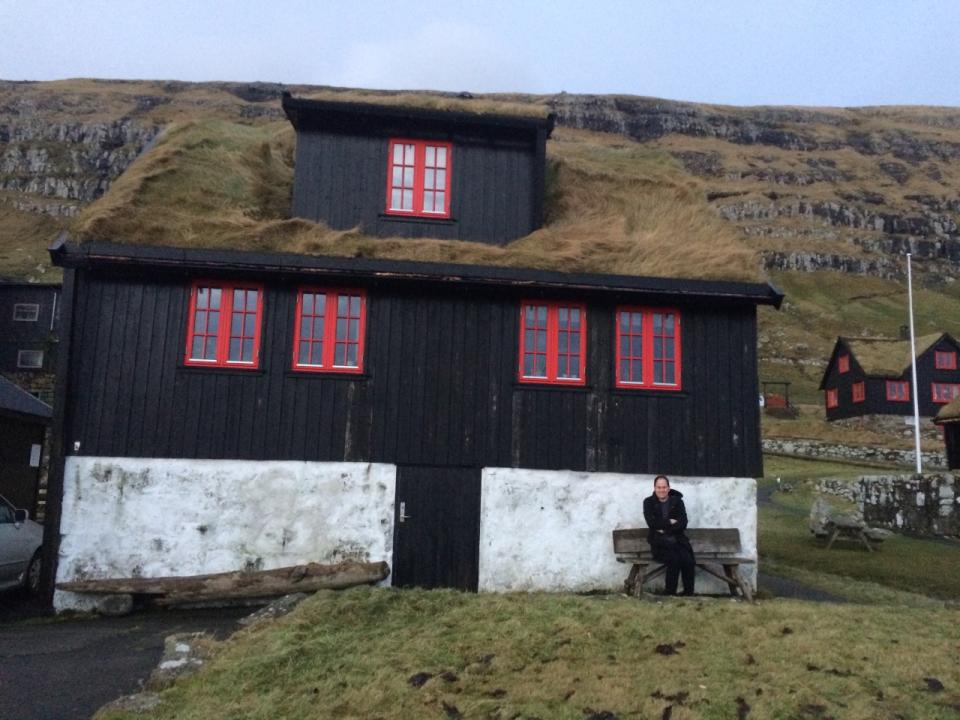
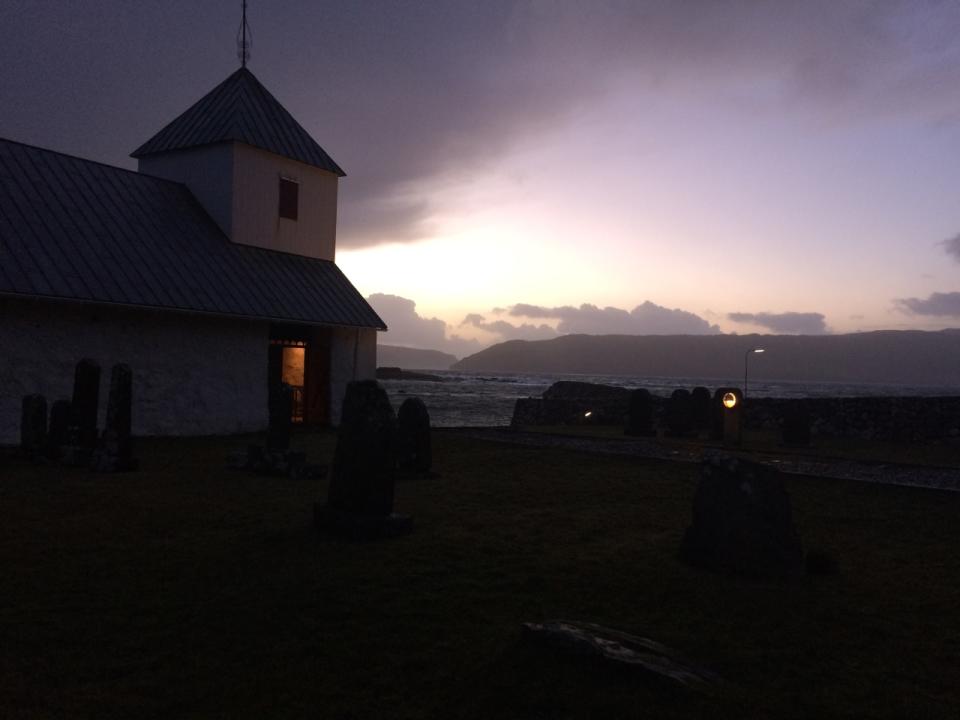
Grass rooves and the church at Kirkjubøur (Photo: KES)
Historic sites
Kirkjubøur is a must-visit. The most important historic site in the Faroes, it’s likely to be blustery and impressive, like looking out from the end of the earth onto crashing waves amd bright sunlight hitting faraway islands.
About a 20 minute drive from Torshavn, the area is made up of a thick-walled white church and grave yard, right on the sea’s edge, an ancient cathedral and opposite a traditional wooden house, Roykstovan, that you can go inside for a donation in the box by the door.
It’s the oldest inhabited timber house in the world, lived in by the Patursson family for 17 generations, and plays host to occasional events and dinners.
Even if no events are happening, it’s worth popping in, warming up and seeing how people have lived in these dramatic landscapes for hundreds of years.
Find out more about dining with the locals.
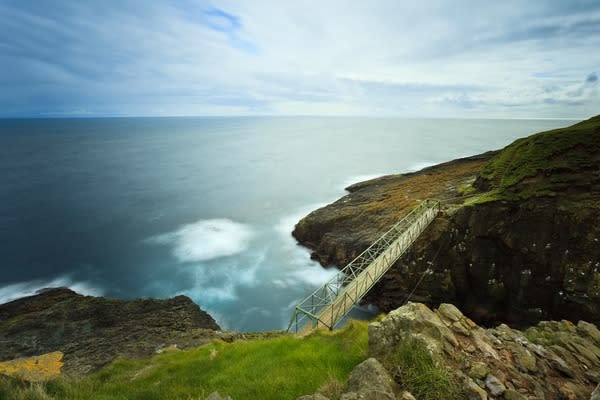
Stunning coastal scenery and a footbridge which connects Mykinesholmur with the island of Mykines over a 35 metre deep gorge (Photo: Kimberley Coole)
In Torshavn itself, don’t miss the art gallery, which has a fascinating collection of native art.
Nature
Get out of the cities and the Faroes is truly incredible. Some of the most beautiful and unusual landscapes I’ve ever seen. It’s worth hiring a car and heading off to some of the sites, beaches, rocks and gorges, and check what birds and animals are in season - you can spot Guillemots and Puffins in the sky and whales in the water at certain times during the year.
If you’re keen on walking, and want to experience more of the countryside, you can stay in a guesthouse or even camp rather than confine yourself to hotels.
FInd out more about where to stay at Visit Faroe Islands.
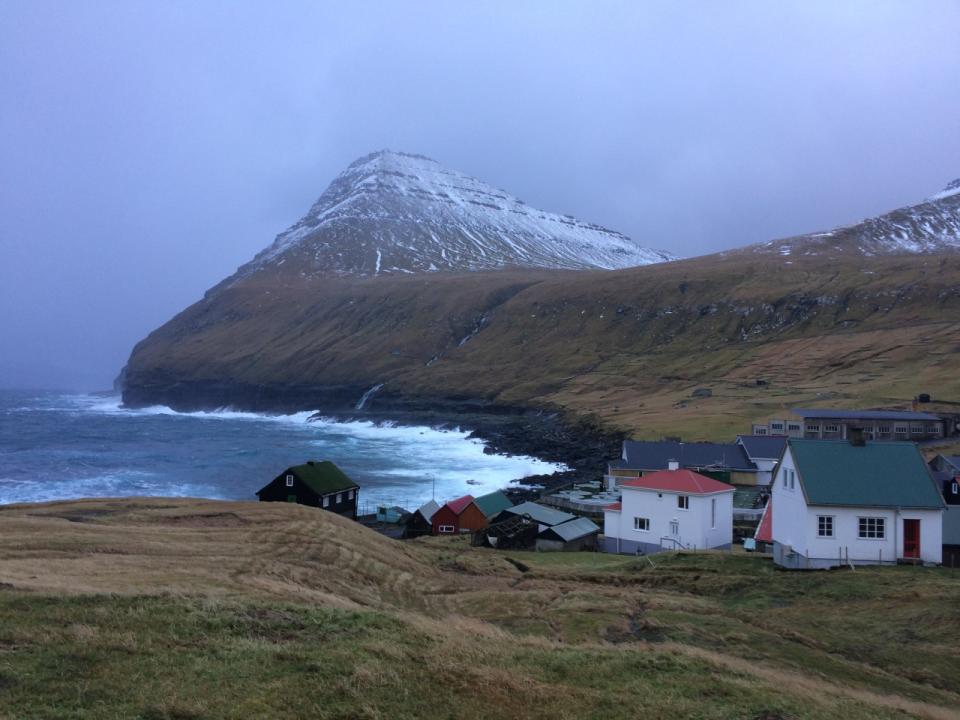
Cute hamlets are scattered all over the Faroes (Photo: KES)
THE MISSES
Tourism hasn’t hit the Faroes in droves yet so shopping and nightlife isn’t really the aim of the game. It’s all about the nature and the peace, so if laid back and out-doorsy isn’t your style, it might not be for you.
Much like ours, the weather is changeable so pack for all eventualities and steel yourself to be hardy as a shaggy Faroese sheep if need be. The best time to go is in the warmer months, from March to September, when the long hours of daylight offer fantastic walking opportunities and many of the creatures are in season. In the winter months it can be a little too dark and blustery to enjoy much of the outdoors on offer so plan the timing of your visit carefully.
The deets:
We travelled to the Faroes with Visit Faroe Islands (www.visitfaroeislands.com), staying at the Hafnia hotel (www.hafnia.fo).
Twice-weekly direct flights to the Faroe Islands (Edinburgh to Vágar Island) operate from 18 March 2016 until mid-December and cost from £199 pp return.
Alternatively, daily flights to the Faroe Islands (London to Vágar Island, via Copenhagen) operate year round and cost from £257 pp return. Visit Atlantic Airways (www.atlantic.fo) for further information.

